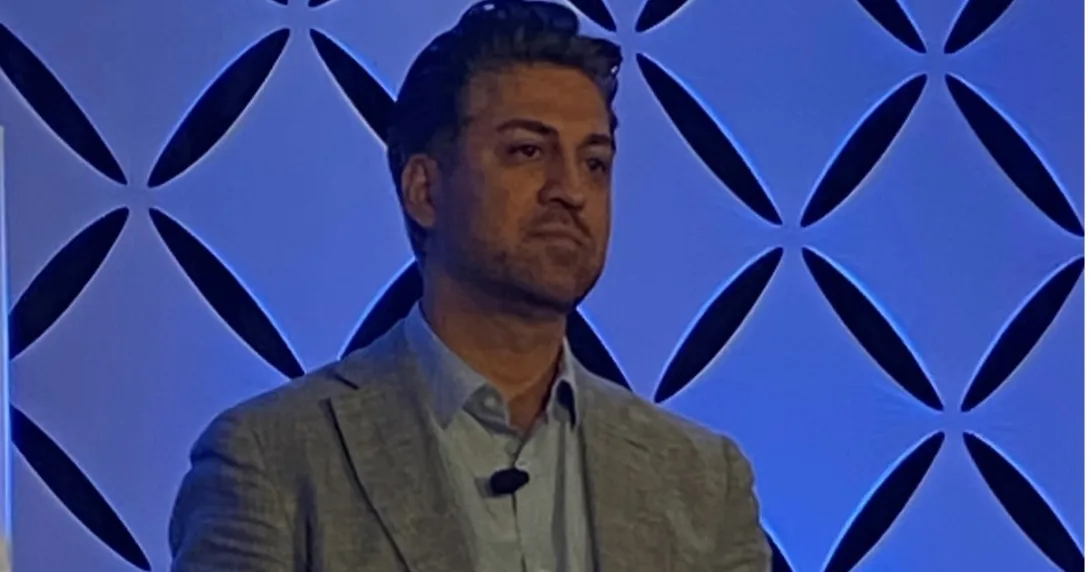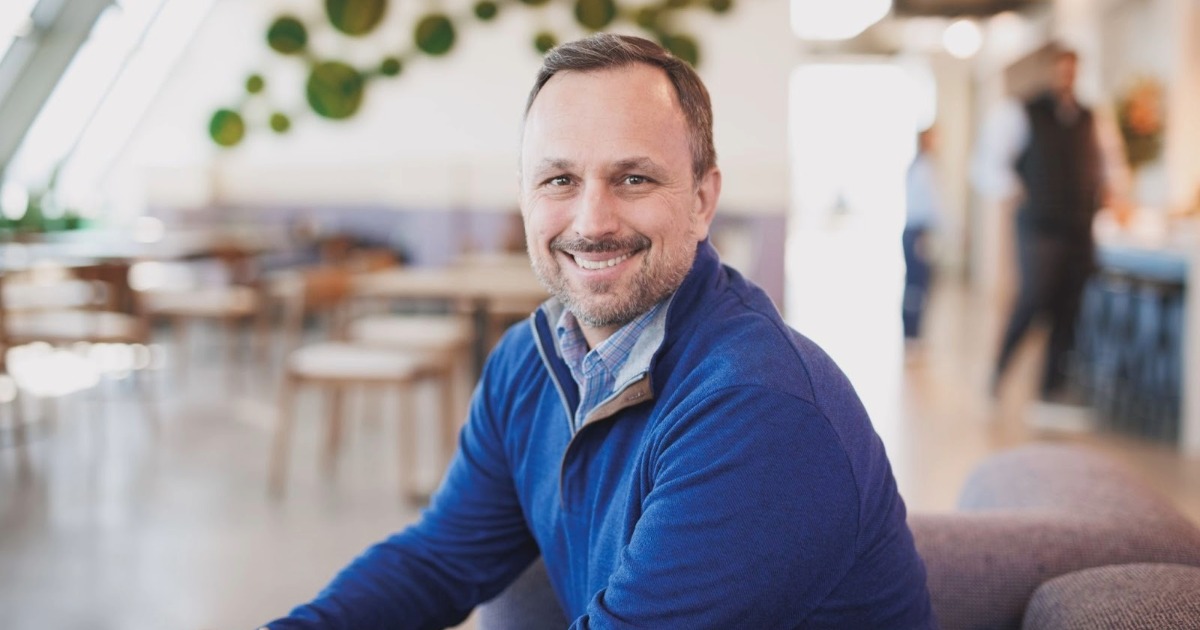
NEW YORK - At the HIMSS AI Forum here on Friday, during the talk "Building Your AI Solution from the Ground Up," Ryan Sadeghian, chief medical information officer at the University of Toledo, discussed how the health organization chose to develop its own AI platform rather than adopt an off-the-shelf product.
In his presentation, Sadeghian said AI should be integrated into existing IT governance and clinical governance and should align with safety, equity, change management and ROI standards.
Additionally, AI should help reinforce, not bypass, oversight around patient safety, compliance and bias mitigation.
Sadeghian noted that it was important to ask the question, "What do we really need to do for our organization in terms of technology?”
Given the large number of international students, Sedeghain emphasized the importance of training residents to use technology to be able to help with better communication.
Sadeghian stressed that before choosing to build or buy AI, an organization should ask where governance already identifies gaps and fill those gaps first.
Sadeghian said that the initial focus areas include subjective, objective, assessment and plan (SOAP) note quality and documentation feedback; CPT/HCC capture to support value-based care; MyChart message volume and response time; educational tools for students; clinical decision support; and 45+ GPT-based applications across pediatrics, internal medicine, surgery, psychiatry and OB/GYN.
When comparing building an AI platform versus using a vendor AI tool, Sadeghian noted that in-house built products offer high customization and low upfront costs compared to vendor tools with medium customization and high upfront costs.
"There was no statistically significant ROI, yet the strategic value in control, compliance and alignment made the build worthwhile," Sadeghian said.


